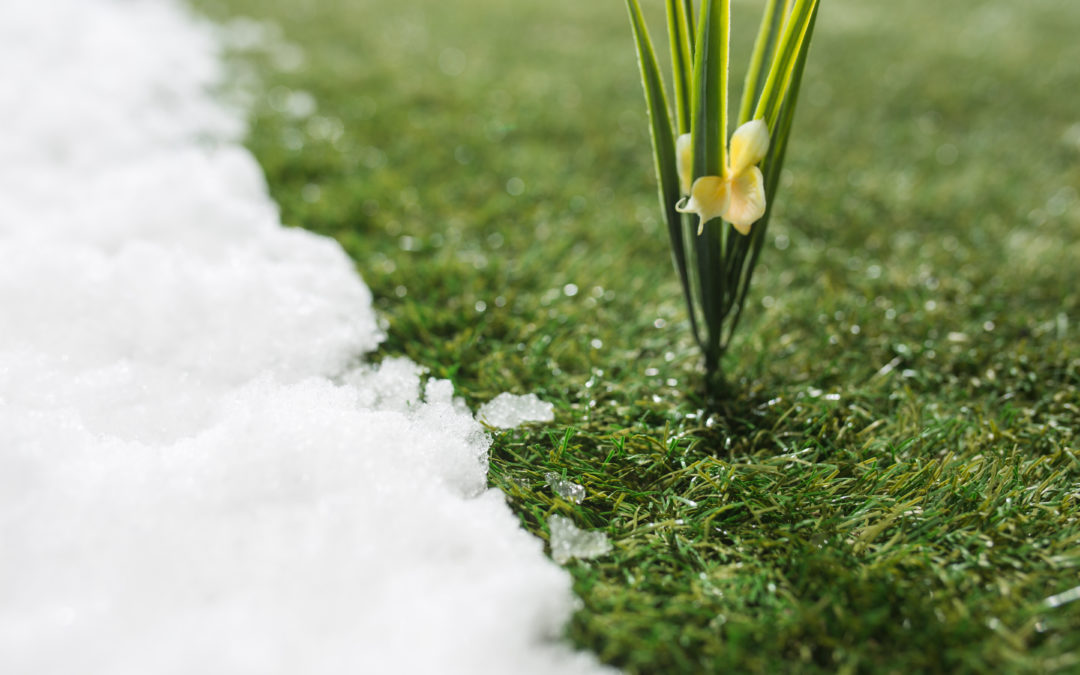As the days get shorter and the weather gets cooler, you may start thinking about home maintenance to prepare for the winter. Fall is a great time to take on some of these projects, especially with more comfortable temperatures and drier weather that allow for working in and around the house.
In addition to cleaning the gutters and pruning trees and shrubbery, preparing your crawl space is an item that should be high on your to-do list.
Here are some tips for winterizing your crawl space or basement. A couple of these may be DIY projects, but we suggest contacting our crawl space experts at Columbia Crawl Space to be sure it’s done right.
Repair Foundation Cracks and Damage
The first and most important step in preparing your home for winter is to check your crawl space/basement and foundation for any cracks or shifting that may already exist. Having a professional’s expert eyes examine your home’s foundation is the smart choice. Experienced crawl space and foundation specialists know the subtle signs of foundation damage that might not be spotted easily by an untrained homeowner. If damage is found, it’s imperative to have these issues corrected before moving forward.
Close and Seal Vents
Have you ever touched the inside of a window when the weather is cold outside? If you have, you know that windows can allow a lot of cool air in and heat out, especially if they’re not properly sealed around the frame. The same thing happens with any windows that might be in your crawl space, so ensuring that they’re properly sealed is vital. And if you’ve ever been near an open window during the winter, then you know what will happen if the vents in your crawl space are open. It’s just like leaving a window wide open, cooling the space under your floors and letting heat out. Closing and sealing vents and windows is one of the best ways to save money and conserve energy.
Insulate Pipes and Ductwork
Even when vents and windows have been closed and sealed properly, the temperature under your home will still be cooler than your desired temperature in the living spaces. Another way to cut down on heat loss and higher energy bills is to insulate ductwork in the basement or crawl space. You should also consider insulating pipes while you’re at it. Proper insulation will reduce the risk of frozen pipes – and expensive repairs – when the temperatures drop below freezing.
Insulate and Seal Your Crawl Space
To further minimize the risk of heat loss and frozen pipes, consider new and/or extra insulation between floor joists and joists around the perimeter of your crawl space. Spray foam is an excellent choice for ensuring higher heat retention and good seals in cracks and crevices. Once you’ve upped your insulation game, take the next best step, and have your crawl space professionally encapsulated to protect your home from cold, moisture, and pests.
Control Humidity
A final consideration is adding a dehumidifier and/or sump pump to guarantee that your crawl space will stay dry. Controlling humidity and moisture in this way will reduce the risk of mold, mildew, and rot. Drier air is also easier to heat and reduced moisture in your crawl space will directly affect the air quality in the living spaces inside your home.
Now, while the weather is nice and before winter is upon us, prepare your home for the cold (maybe snowy?) winter to come.
Call Columbia Crawl Space for a free inspection and suggestions for protecting your home and your family. Our experts will check for any issues, offer solutions for those concerns, give suggestions for protection, and provide a free estimate to help you get your home ready for winter.
(931) 982-5310

Recent Comments